
Let’s face it. Nike’s Air Max line is as household as it gets when it comes to the sneaker world. ASICS had their GEL, adidas came up with BOOST, but Air will forever remain a Swoosh only thing.
It was a successful marketing tool too, as exposing the Air Bubble meant that people could see the tech in action, and separated Nike’s flagships from the rest of the competition. The Air Max line had plenty of different flagships as time passed, from the Air Max 1, Air Max 95, Air Max 97, Air Max 180, but the Air Max 90 stood above all, a symbol of the pinnacle of Air technology back then, and a sign of rebelliousness amongst a sea of dreary looking trainers.
And for the time-tested model’s 30th anniversary, we take a look back at its history, and what made the sneaker so damn successful and a cultural heritage in streetwear.
The year is 1987.
The Godfather of Air Max, Tinker Hatfield struck inspiration gold when he visited the Centre Georges Pompidou in Paris, admiring the inside-out concept of the building which showcased the anatomy and structure outside of the building’s exterior. Tinker, who was trained in the realms of architecture, immediately sought to reflect this thinking into his designs, and after convincing his team that exposing the bubble was the next step for the technology, the Air Max 1 was born.
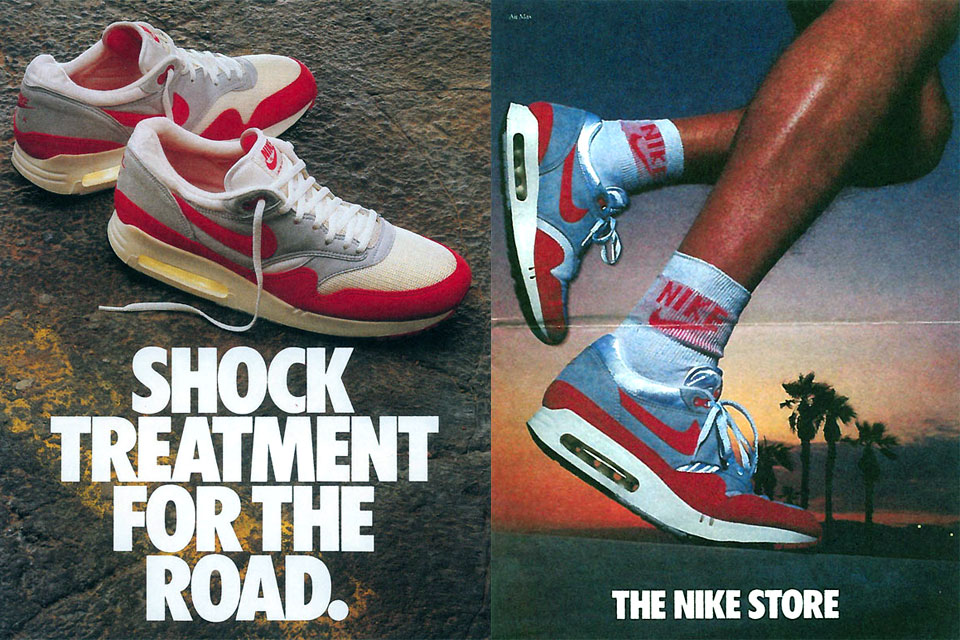
Of course, naturally it didn’t exactly take off from there. The Air Max 1 was met with a relatively tepid response and would not find much success until much much later in the future.

Nike Air Walker Max
It would take 3 more years before Hatfield came to his breakthrough design, and during the years leading up to that, Nike experimented with walking variations of the shoe, resulting in the Nike Air Walker Max. The heavier leather upper ensured stability with each step, while design inspirations were taken from the Air Max 1 and the Air Revolution, of which the latter shared the same tooling as the Air Jordan 3.
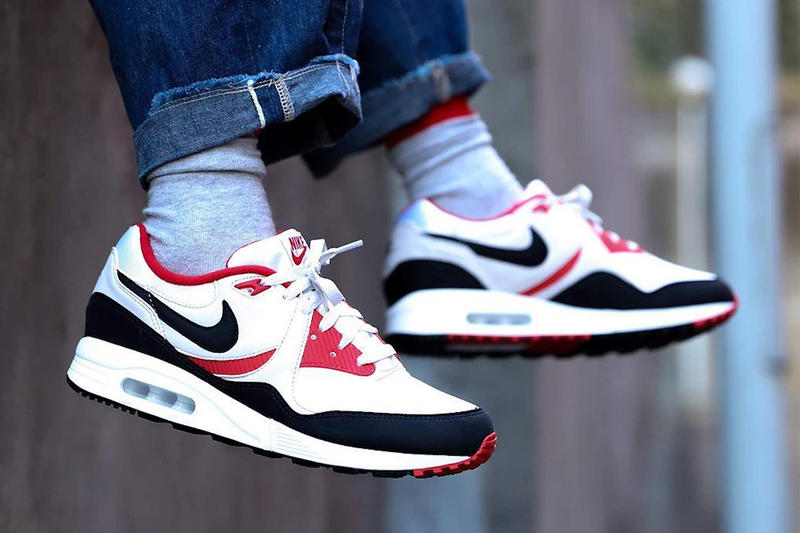
Nike Air Max Light reissue. Picture Credit: Hypebeast
En route to this point though, Hatfield conceived the Air Max Light. When the Air Walker Max took the more supportive role, the Light went the opposite way, with Hatfield emphasising lightness in an effort to improve upon the original’s weight. Here, key changes made to the Light would lay the foundation to what would become of the Air Max 90, including the use 420 Denier Mesh to improve breathability and thermoplastic straps to retain support around the midfoot.
Then came the big year. 1990.
Hatfield wanted maximum impact for this shoe, and following up on the Air Max Light, included several changes in the Air Max 90, most notably the addition of a big ‘Infrared’ panel surrounding the air bubble, making damn sure that it turned heads on people’s feet. Many agree that the resulting silhouette looked like a masterpiece in motion, even when it was standing still.
Sure enough, the rest was history.
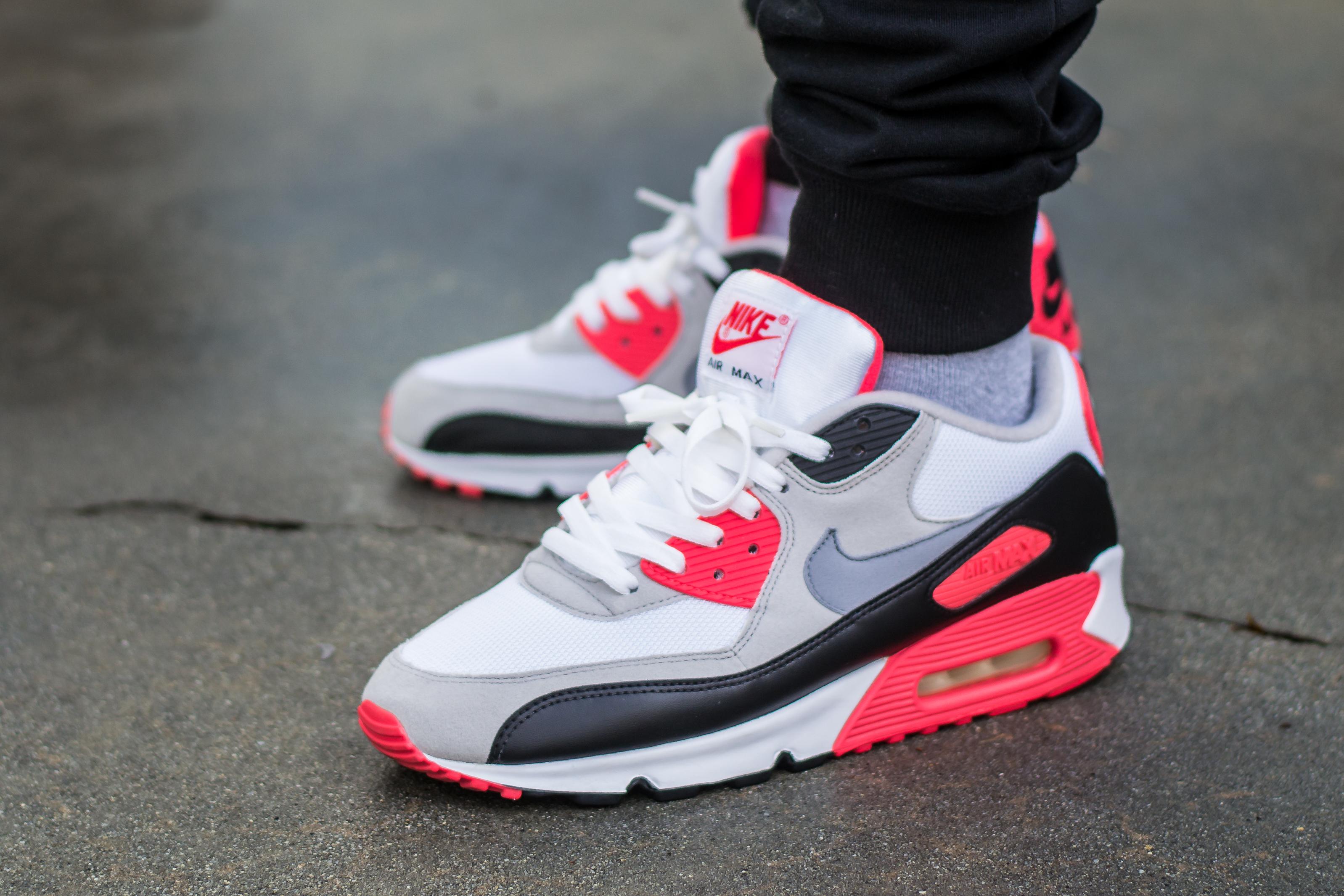
The blend of a monotone palette combined with the striking ‘Infrared’ colourway proved to be a massive hit with the crowd, and became a symbol amongst budding sneakerheads as one of the sneakers to have back then, considering it was the pinnacle of Air Max technology at the time.
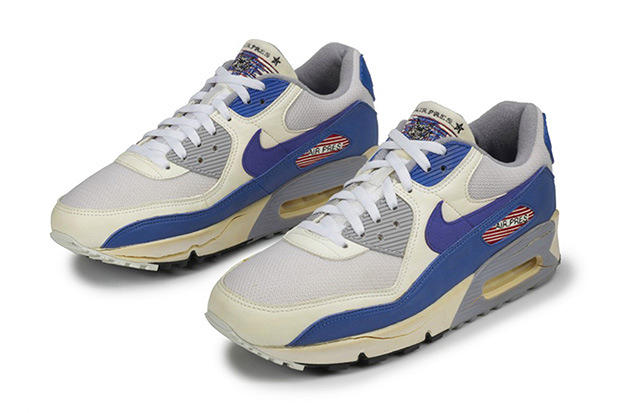
George H.W Bush’s Nike Air Max 90. Picture Credit: Hypebeast
It was so popular in fact, that ex-President George W. Bush had his own pair, complete with ‘Air Pres’ wordings stamped on the sides and tongue which he would often wear on his runs after the Gulf War.
Of course, innovation never stops, and the Air Max 90 was superseded by the 180, Air Max ST, Air Max 93, 95, 97, 98, and before the turn of the decade, the Air Max Plus which featured air bags with varying levels of pressure for a more tuned cushioning feel.
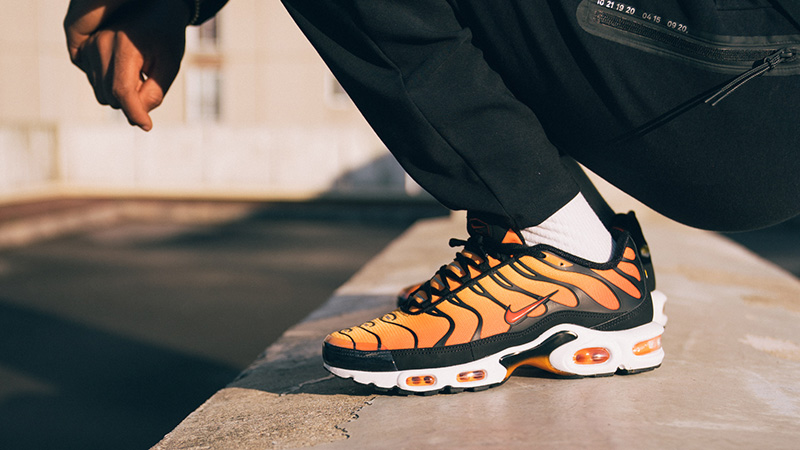
Nike Air Max Plus Tn ‘Sunset Orange.’ Picture Credit: The Sole Supplier
The original model laid dormant for quite some time, only reappearing back as a special release in 2002 in Australia, and 2003 in Asia and Europe. Though trying to stay as true to the original as possible, this iteration had a smaller Air bubble built into it.
Other than odd re-releases and mix and matches to stir up some form of residual hype, the Air Max 90 once again went into hibernation.
The model then returned to form when Nike retro-ed it for a 2008, 2010, and 2015 release, proving to the fans and newbies alike that, even after more than 20 years since its creation, it still remained a popular model amongst the others.
It also spawned several subcultures, most notably the Air Max cult among Londoners who wore them for their daily activities, even when going to underground raves and whatnot, which eventually spawned a highly sought after collaboration with grime artist Dizzee Rascal in celebration of the launch of his album, Tongue N Cheek.
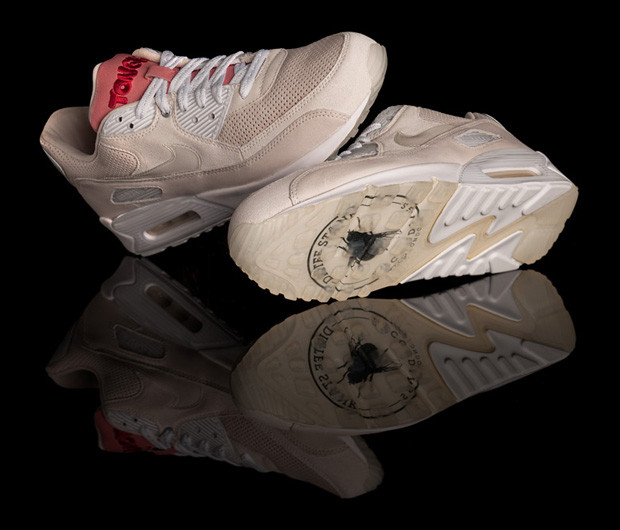
Nike Air Max 90 X Dizzee Rascal and Ben Drury ‘Tongue In Cheek.’ Photo Credit: Hypebeast
Such was the impact of a shoe, that lit the sneaker world up with designer and streetwear collaborations from the likes of Off-White, Atmos, Patta, each putting their own take as to how the shoe has affected their lives.
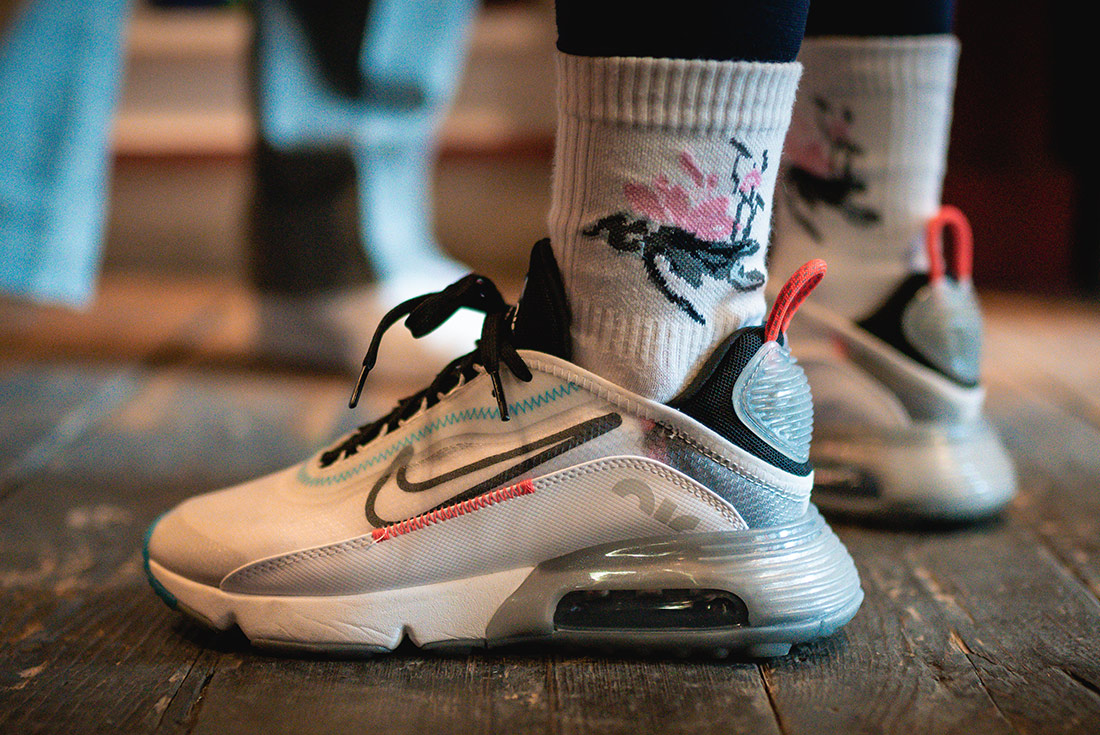
Nike Air Max 2090. Picture Credit: Sneaker Freaker
30 years since the shoe was conceived, it still remains as a popular choice for daily use, and a status symbol for the hypebeasts out there rocking ‘The Ten’ Air Max 90s. To commemorate 3 decades of the model, Nike has decided to pay homage to the original with the Air Max 2090, featuring all new materials and technology, while still retaining elements that made the original a giant amongst sneakers.
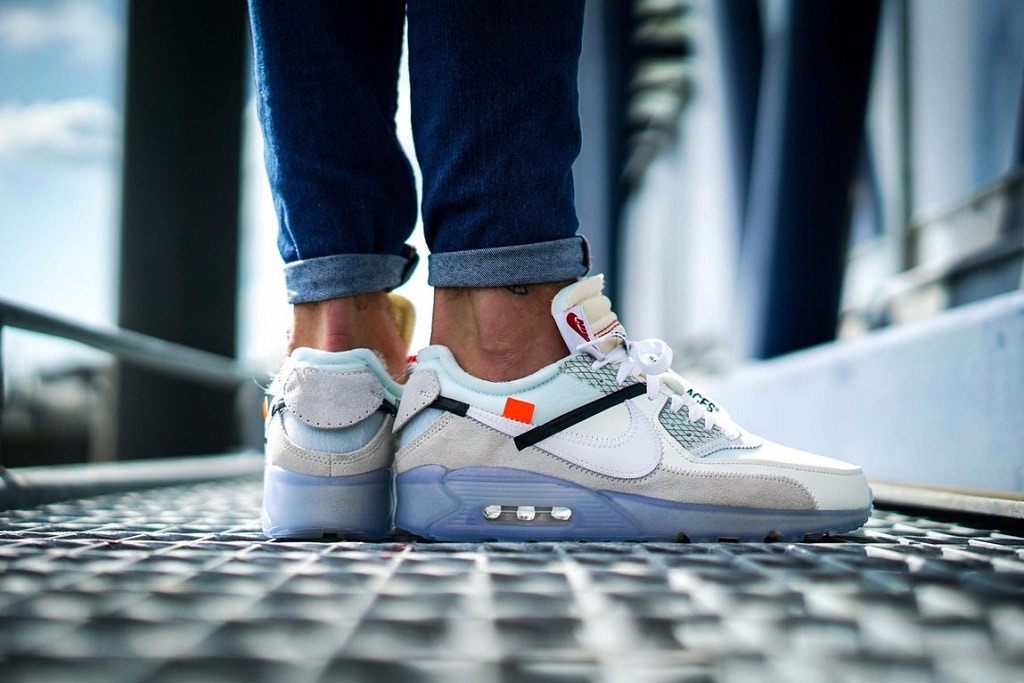
Off-White x Nike Air Max 90 ‘The Ten.’ Picture Credit: Kicks On Fire
A quote from Vivenne Westwood comes to mind when it comes to legacy models such as these. “You have to invest in culture, not in consumption,” because where would the Air Max 90 be if it weren’t for the fans?

